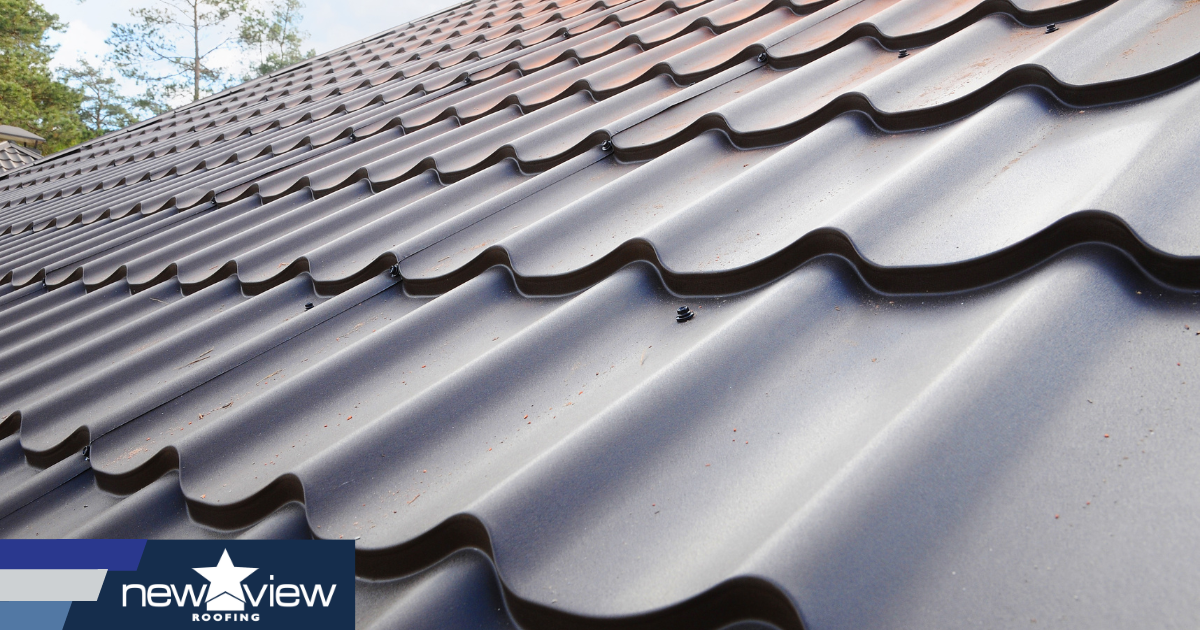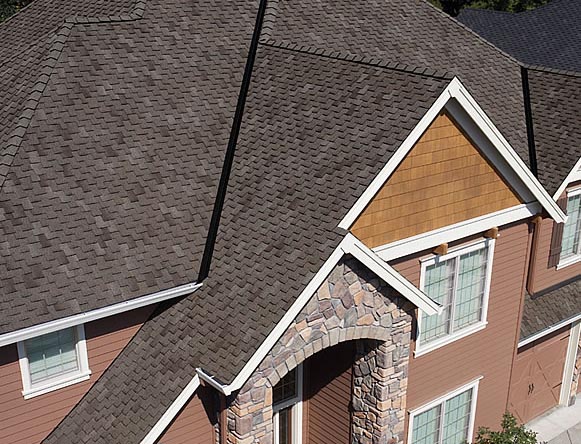Exactly How Gainesville Roofing Companies Can Change Your Home's Outside
Exactly How Gainesville Roofing Companies Can Change Your Home's Outside
Blog Article
Ideal Practices for Ensuring Proper Roof Covering Ventilation
A well balanced consumption and exhaust air vent ratio, frequently 1:300, plays a pivotal function, with consumption vents preferably placed at the lower edge of the roofing for amazing air access and exhaust vents at the top for warm air departure. Maintaining insulation away from vents is crucial to protect against air movement constraint.
Understand Air Flow Basics
Correctly understanding ventilation basics is crucial for making sure the durability and performance of roof covering systems. Efficient ventilation minimizes moisture buildup and temperature level extremes in the attic room, both of which can lead to considerable structural damage gradually. A well-ventilated roof aids in preventing usual issues such as mold growth, timber rot, and ice dams, which can jeopardize the stability of the roofing materials and the underlying structures.
The main objective of air flow is to promote the motion of air, enabling for a constant exchange in between the indoor and outdoor settings. This equilibrium is achieved via a mix of intake and exhaust vents that collaborate to maintain ideal air flow. Intake vents, usually located along the eaves or soffits, permit fresh air to get in the attic area, while exhaust vents, usually located at or near the roofing ridge, enable warm, damp air to run away.
Trick factors affecting the performance of roofing ventilation include correct positioning, ample sizing, and ensuring that both intake and exhaust vents are unhampered. Routine assessment and upkeep are important to determine prospective obstructions, damages, or inefficiencies in the air flow system, thus securing the roofing system's performance and toughness.
Kinds of Roof Vents
Roof covering vents play an essential role in maintaining efficient attic room ventilation and, by extension, the total health and wellness of the roof system. Different sorts of roof vents are offered, each with unique benefits customized to certain roofing needs. Ridge vents, as an example, are mounted along the roof's top, allowing cozy, humid air to escape from the attic. They offer continual ventilation and blend seamlessly with the roofline, making them both efficient and cosmetically pleasing.

Soffit vents are set up under the eaves and work in tandem with roof covering vents to make certain a well balanced consumption and exhaust system. By permitting cooler air to go into from below, soffit vents promote the expulsion of warm air via upper vents. Gable vents, situated on the outside walls of the attic, deal another efficient remedy, specifically in homes with gable roof coverings.
Assess Your Current Ventilation

Next, think about the age and condition of your roof products and ventilation parts. Older systems might not adhere to present building ordinance or may have degraded with time, decreasing their performance. Conduct a complete evaluation to determine any kind of indications of deterioration, such as rust, damages, or gaps that might compromise the system's performance.
Additionally, determine the attic room temperature level and moisture levels. High temperature levels and humidity can indicate poor air flow - roofing companies in gainesville florida. Use a hygrometer and thermostat to acquire accurate readings, contrasting them with outdoor problems. Persistent inconsistencies suggest potential concerns that need dealing with.
Installation Best Practices
Reliable installation of roof air flow systems is vital for ensuring optimum efficiency and longevity. Proper installment begins with recognizing the details air flow needs of the structure and the roof covering it covers. This includes determining the right proportion of intake to wear down vents, generally sticking to the 1:300 rule, which states one square foot of air flow for each 300 square feet of attic room floor area.

The positioning of vents is just as vital. Consumption vents should be set up at the roofing system's lower side, typically in the soffits, to permit awesome air to go into. Exhaust vents, on the other hand, ought to be set up near or at the roof's height to promote the leave of warm, wet air. This creates an all-natural air flow that aids maintain temperature level and dampness equilibrium within the attic room area.
Seal all air vent links diligently to protect against air leakages and possible water infiltration. Usage high-grade materials and follow producer standards to guarantee durability and performance. Additionally, integrating ridge vents with baffles can considerably improve air flow performance by avoiding wind-driven rain and snow from going into the attic room.
Inevitably, exact setup of roof air flow systems minimizes prospective issues such as mold development, ice dams, and structural damages, guaranteeing the roofing's honesty and the building's overall health and wellness.
Routine Maintenance Tips
Uniformity in upkeep techniques is essential to guaranteeing the long-lasting effectiveness of roofing air flow systems. Throughout these This Site assessments, make certain that vents are totally free of particles, nests, and various other blockages that can hamper air flow.
Utilize a soft brush or a vacuum to get rid of dust and debris from consumption and exhaust vents. Be mindful not to harm the vent displays or louvers throughout the procedure.
Proper insulation is just as important. Make certain that attic room insulation does not block the vents, as this can significantly limit airflow. If any insulation has actually shifted or resolved, rearrange or replace it to keep an efficient barrier.
Last but not least, change any kind of harmed or missing parts quickly. Busted vents, split roof shingles, or tatty blinking can all add to inadequate ventilation and should be addressed right away. Normal maintenance makes sure that the roofing air flow system operates ideally, thus prolonging the lifespan of the roofing itself.
Final Thought
Ensuring correct roofing air flow is critical for preserving the performance and resilience of a roof covering system. Adherence to the 1:300 consumption and exhaust air vent proportion, coupled with the tactical positioning of vents, is vital. Normal semiannual inspections, debris cleansing, and ensuring insulation does not block air flow are her latest blog critical methods. Implementing these best methods will certainly promote a well-ventilated roof system, consequently minimizing potential issues connected to moisture buildup and extreme warm, eventually prolonging the roof covering's lifespan.
A well balanced intake and exhaust vent proportion, generally 1:300, plays a pivotal duty, with intake vents ideally positioned at the reduced side of the roofing system for great air access and exhaust vents at the top look at this site for warm air leave. Consumption vents, typically located along the eaves or soffits, enable fresh air to enter the attic area, while exhaust vents, frequently positioned at or near the roof covering ridge, make it possible for hot, humid air to get away.
Soffit vents are installed under the eaves and work in tandem with roofing system vents to guarantee a well balanced intake and exhaust system. By enabling cooler air to enter from below, soffit vents facilitate the expulsion of hot air with top vents. Adherence to the 1:300 consumption and exhaust vent ratio, paired with the critical positioning of vents, is essential.
Report this page